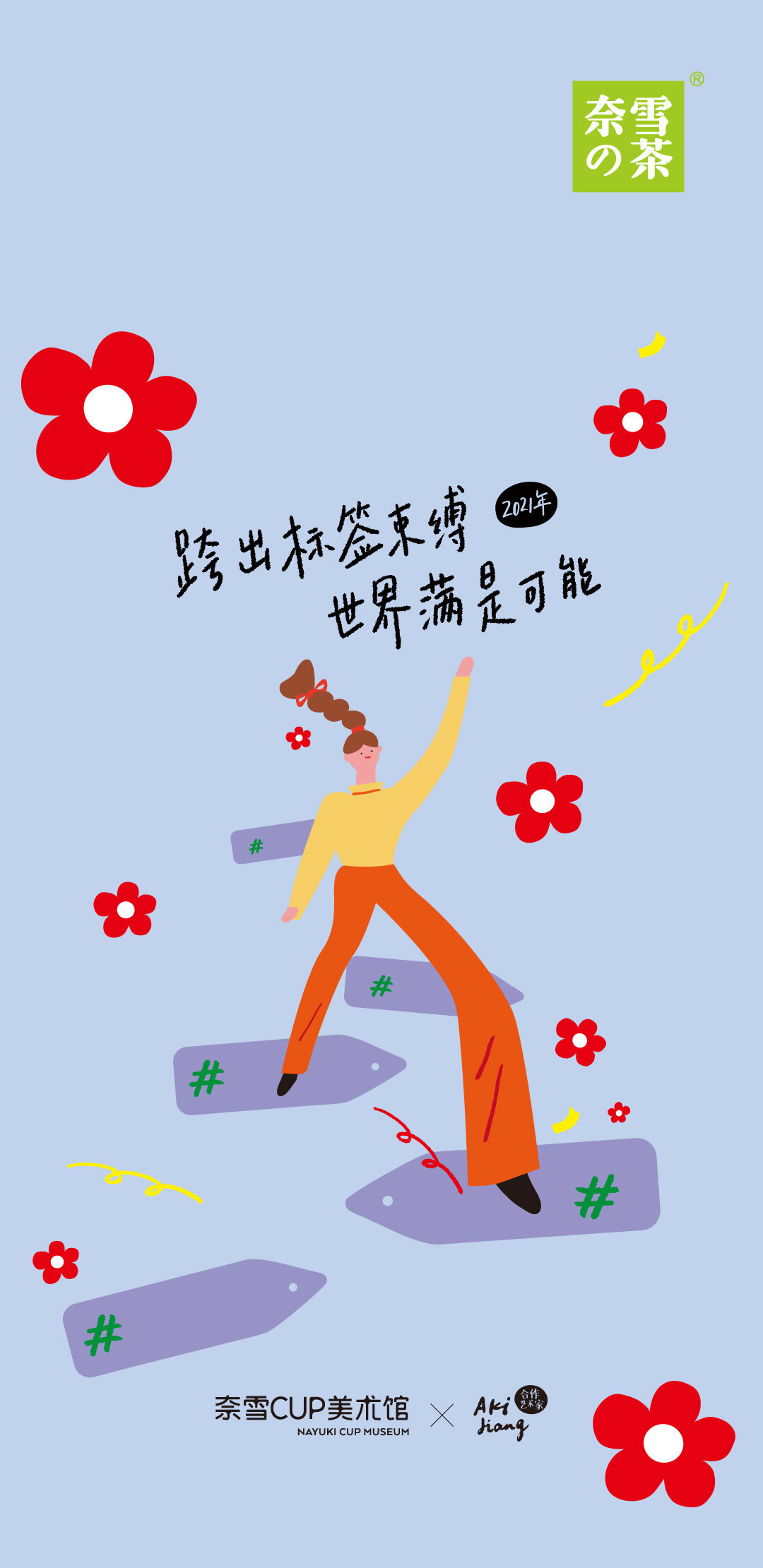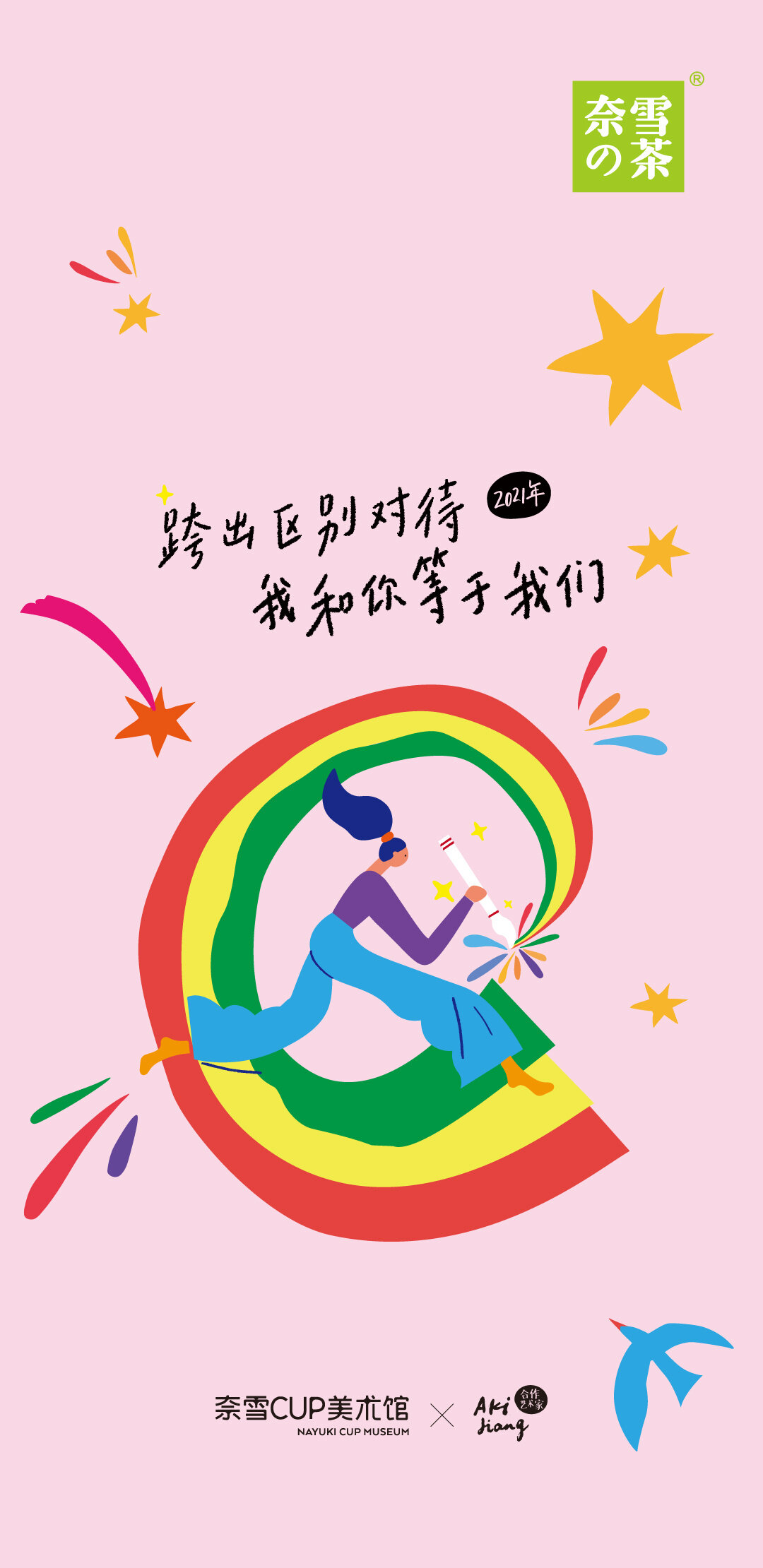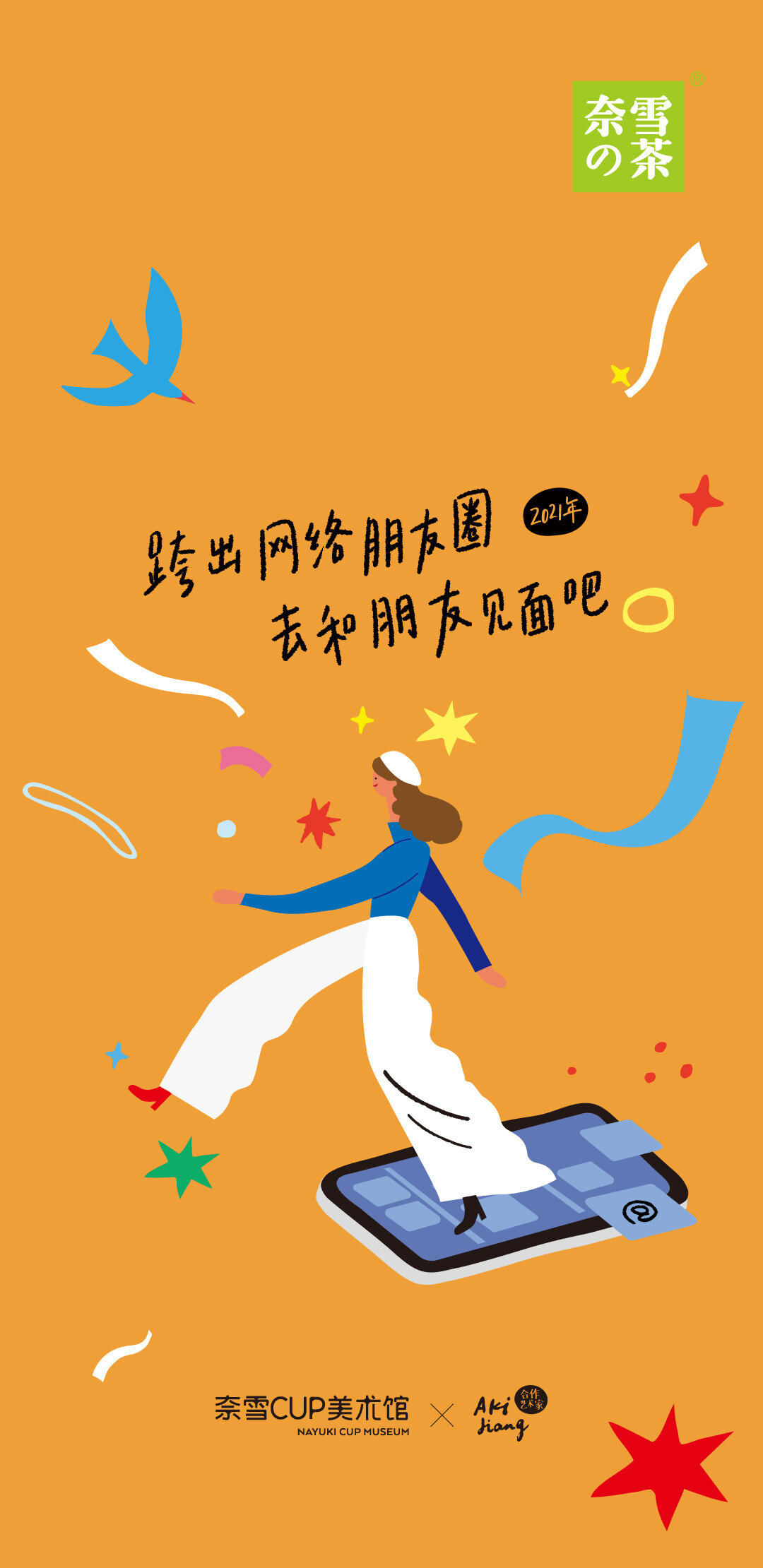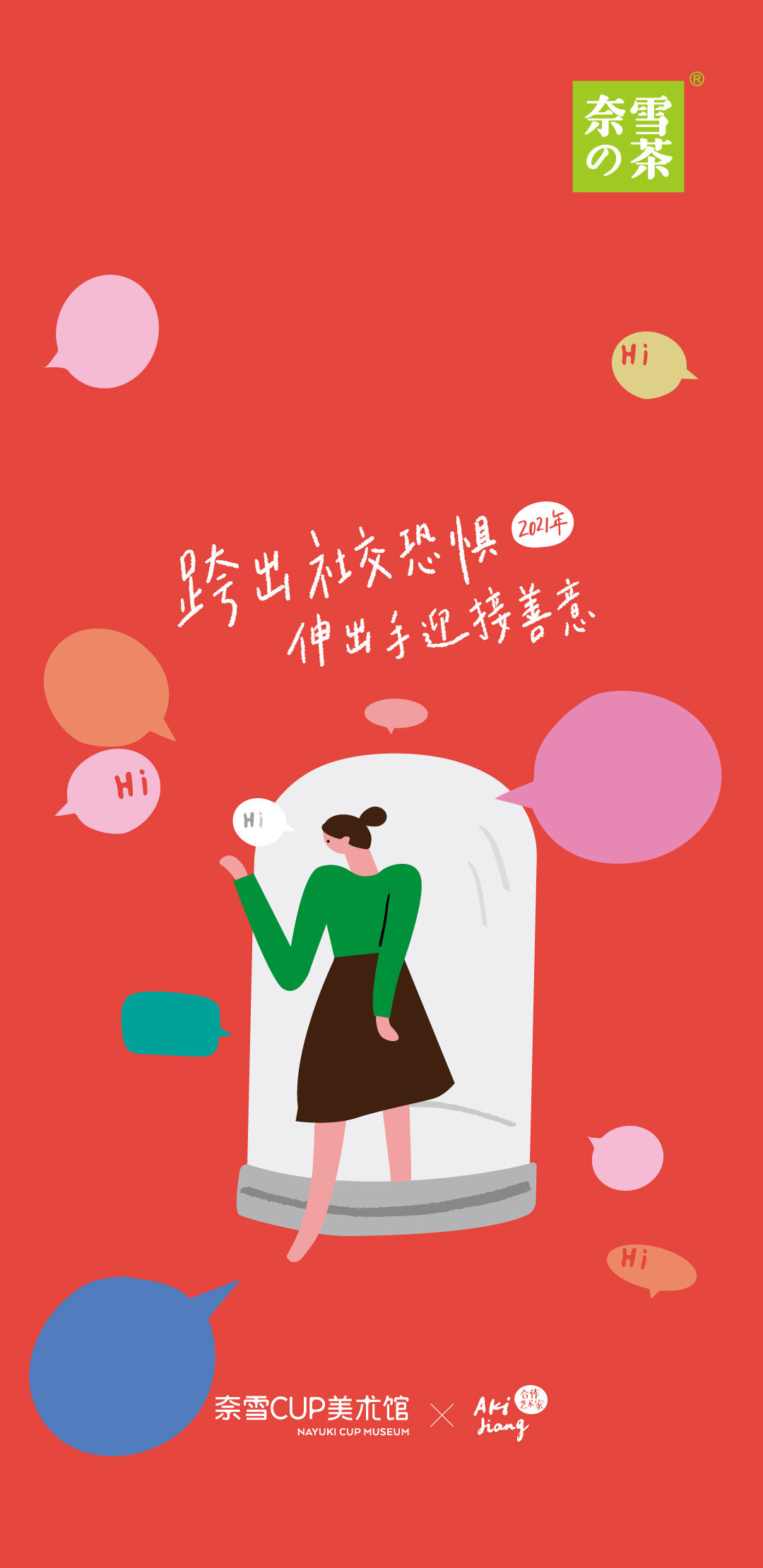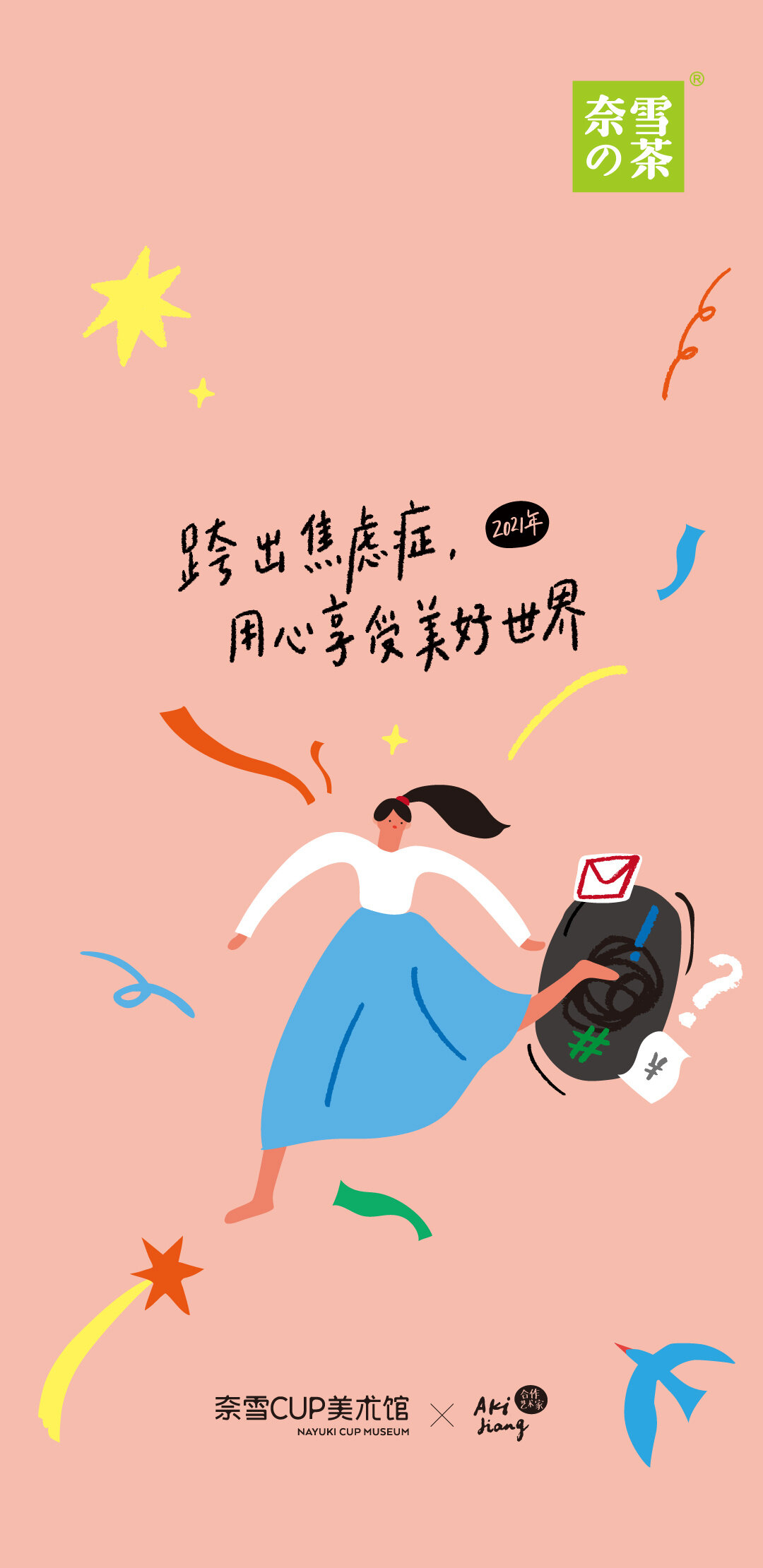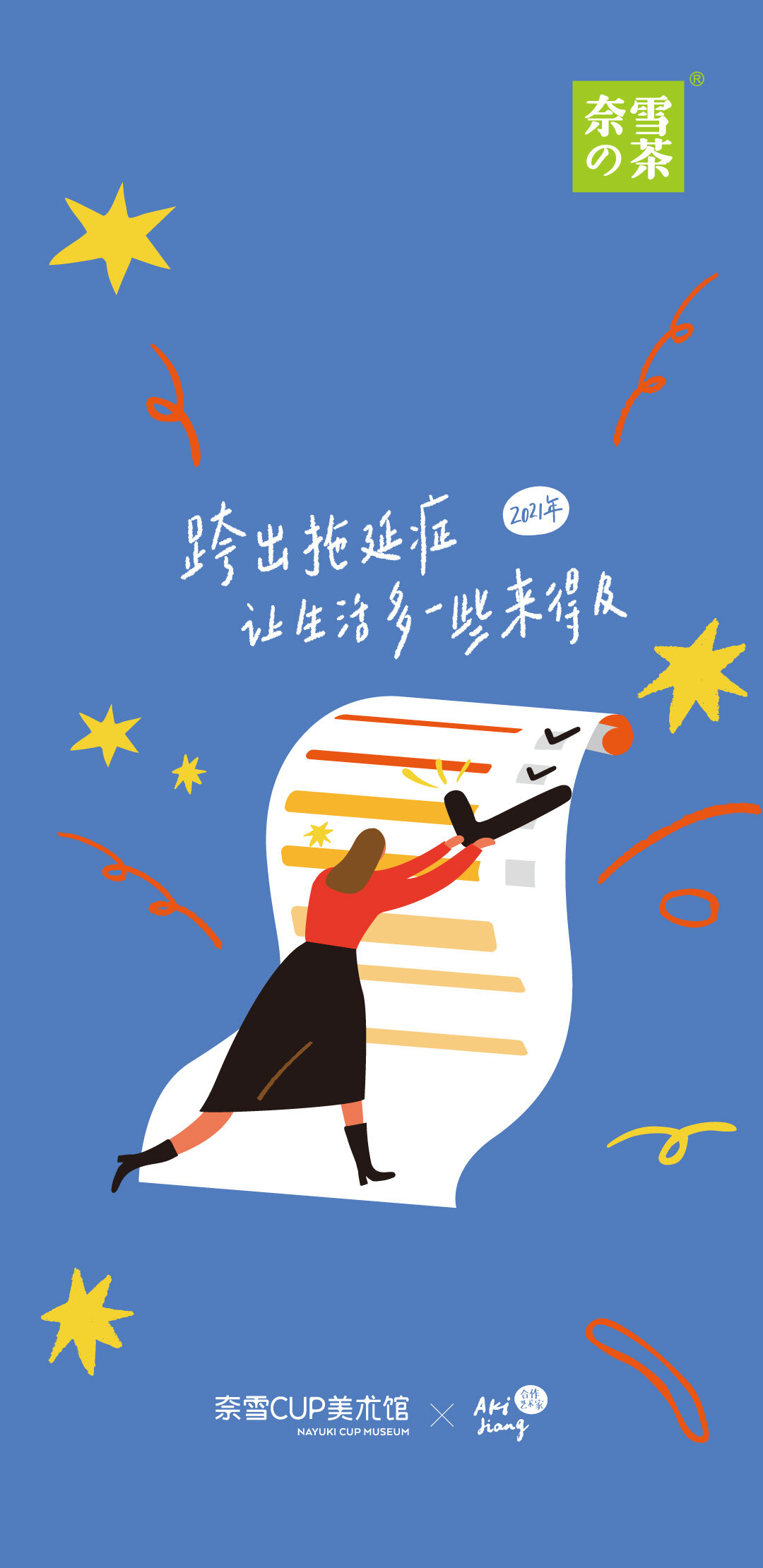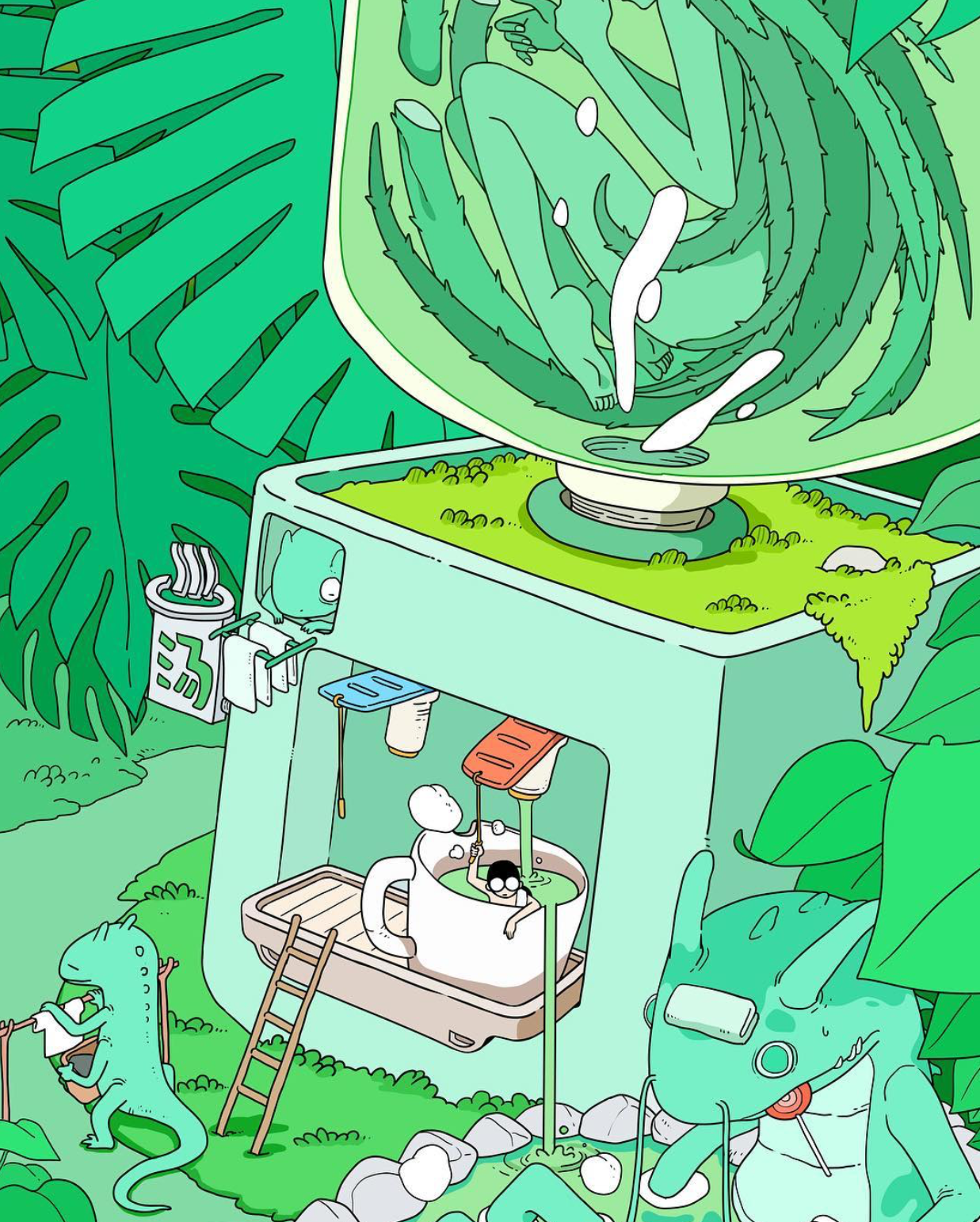The Colourful Tea Culture, Chinese VS British
Illustration by Aki Jiang
Tea is undoubtedly a beverage that holds a special place in the hearts and cultures of different countries. When we think of tea, we often associate it with Britain and its iconic "Keep Calm and Drink Tea" slogan, evoking images of teatime with an RP accent in the background. However, the origins and drinking cultures of tea are vastly different in China, the birthplace of tea.
One of the most notable differences is the way black tea is referred to as "red tea" in China. This is because, after brewing, the fully oxidized tea leaves have a brownish-red color, which led to the name "red tea" or "Hong Cha" in China. In contrast, in the West, it is called black tea due to the dark color of the dry tea leaves.
Another significant difference is the broader variety of tea types consumed in China compared to Britain. While black tea is the dominant type of tea consumed in Britain, China has a wide range of tea types, including green tea, oolong tea, white tea, and pu-erh tea, among others. Green tea, in particular, has a long history in China, with records dating back to Emperor Shennong's reign around 4000 years ago.
Despite these differences, both Chinese and British tea cultures share the commonality of bringing people together. Tea is often enjoyed in the company of others, and the act of brewing tea and sharing it with others can create a sense of community and relaxation.
The illustrations showcased here by various talented artists depict different aspects of Chinese tea culture. These illustrations capture the beauty, intricacy, and diversity of Chinese tea traditions, showcasing the art of tea making, tea ceremonies, tea utensils, and the serene moments of enjoying tea in a peaceful setting. They serve as a visual tribute to the rich heritage and cultural significance of tea in China, showcasing its profound impact on Chinese history, art, and everyday life.
Tea, regardless of the cultural differences in its consumption, holds a special place in the hearts of people around the world. It is not only a beverage but also a symbol of hospitality, community, and relaxation, bringing people together to share moments of joy and serenity.
Illustration by Aki Jiang
Aki Jiang was specially commissioned by 奈雪的茶, a popular tea and pastry brand, to create a captivating series of illustrations for their limited paper cups celebrating Chinese New Year. These illustrations were designed to serve as a mini gallery show, with the aim of attracting the attention of Gen-Z customers.
Illustration by Wuyang Yu
Wuyang Yu's illustration titled "Si Wu Ke" (肆伍客) captures the essence of the meaning of life through the imagery of fresh-flavored green tea. The artwork invites viewers to imagine themselves immersed in the aroma of the tea, deep in thought pondering the profound question of life's meaning. The tiny teapot depicted in the illustration emanates a sense of peace and love, evoking a feeling of tranquility and serenity. The artwork encourages viewers to embrace the calmness of the moment and find solace in the simple pleasures of life, represented by the soothing experience of enjoying a cup of green tea. The illustration serves as a visual reminder to appreciate the beauty of the present moment and contemplate the deeper meaning of life, as symbolized by the essence of tea.
Illustration by WuyangYu
Artist Wuyang Yu's illustration takes a unique approach by placing a tea house scene inside a teacup, imbuing the image with a sense of dynamism and motion. As if opening the teacup lid reveals a hidden world, viewers are transported into a serene tea house environment where they can envision themselves keeping calm and enjoying a sip of tea. The juxtaposition of the miniature tea house within the teacup adds a touch of whimsy and invites viewers to imagine themselves in this tranquil setting, evoking a sense of serenity and relaxation. The artwork encapsulates the essence of tea culture, where a simple act of sipping tea can transport one to a world of tranquility and peace.
Zaoyu Lin's imaginative illustration exhibits the charm reminiscent of Miyazaki Hayao's animation style. The playful depiction of cute green dragons and a character indulging in a tea hot spring inside a mug exudes a sense of whimsy and joy. One may even wonder if the character is a representation of the artist herself, adding a personal touch to the artwork. The illustration is a delightful blend of creativity and fantasy, inviting viewers to immerse themselves in a world of tea-themed magic.
Zhongniao's illustration showcases a skillful play on the concept of tea quality and visual balance. The arrangement of a tea cleaning brush, teacup, spoon, cherries, ring, and uniquely-shaped stones in a seemingly balanced stack of toy blocks is both creative and intriguing. It adds a touch of whimsy to the image while still maintaining a sense of credibility.



